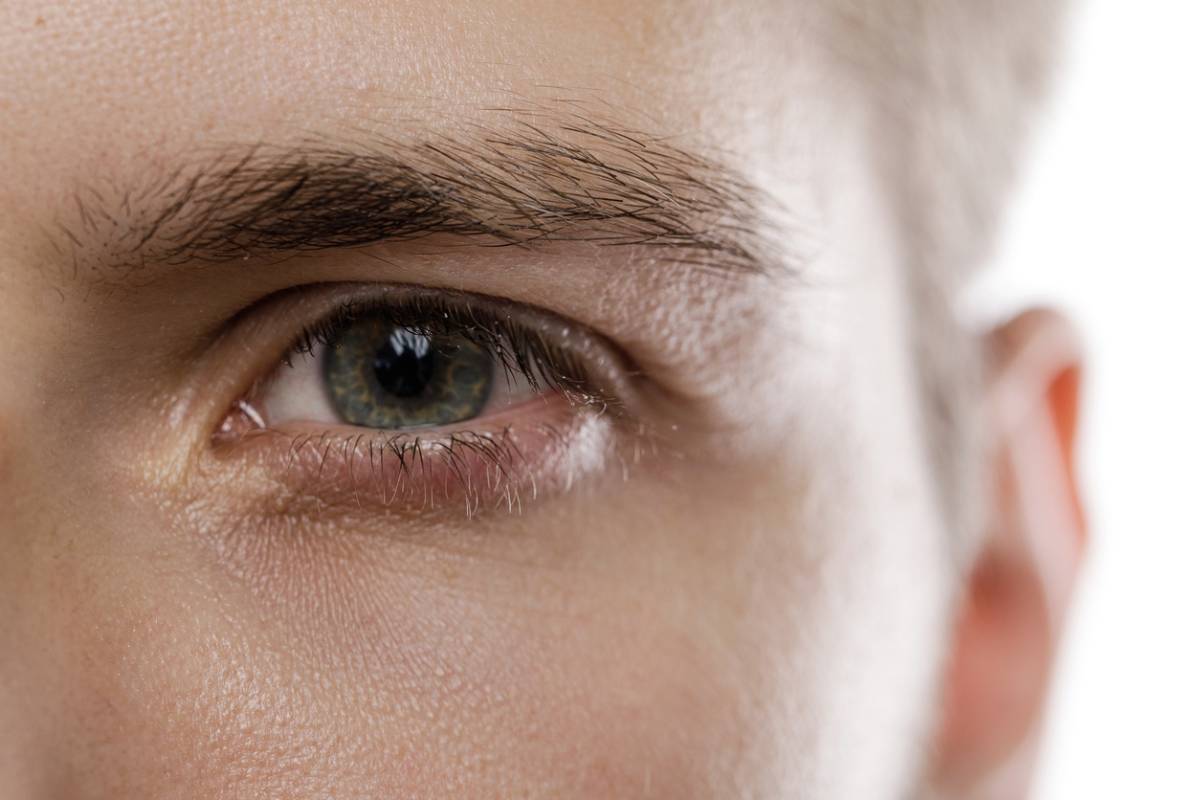Because the skin around your eyes is much thinner, it is a common area where cancer can develop. Most cancers found on your eyelids are skin cancer. In fact, about 90% of eyelid cancers are basal cell carcinoma. In addition, about 5% of eyelid cancers are squamous cell skin cancer. You may wonder how to protect yourself and what your risk of developing eyelid cancer is. Below you will find the most common risk factors for eyelid cancer.
Risk Factors for Eyelid Cancer
The skin on your eyelid can be extra sensitive due to how thin it is. Your risk for eyelid cancer depends on a number of factors.
UV Exposure:
Whether it’s natural sunlight or a tanning bed, exposure to ultraviolet rays can increase your risk for eyelid cancer. Tanning beds should be avoided at all costs. When it comes to sun exposure, it’s important to protect your skin while in the sun.
Skin and Eye Color:
Those who have fair skin and light eyes are at a higher risk for eyelid cancer. Melanin helps protect your skin against UV rays. People with lighter skin and eyes have less melanin which results in less protection.
Age:
Those at the highest risk for roughly 95% of skin-related cancers on your eyelids are those over the age of 50.
Medical History:
Your personal medical history can indicate your level of danger for eyelid cancer. Those with genetic conditions, such as basal cell nevus syndrome, albinism, or xeroderma pigmentosum are at a much higher risk than the average person for getting eyelid cancer. In addition to rare genetic conditions, a weakened immune system, certain medications, and exposure to radiation can all increase your chances of eyelid skin cancer in Newport Beach.
Prior Skin Cancer Diagnosis:
A prior skin cancer diagnosis of any kind can increase your risk for eyelid cancer.
Fragile Skin:
People who have skin that easily burns are at a higher risk for eyelid cancer. Skin damage from burns can also increase your risk.
Prevention Measures
While you may not be able to control all of the risk factors listed above, there are some steps you can take to reduce your risk for eyelid cancer. Consider the following prevention measures and work them into your routine as soon as possible.
Sunscreen:
Apply at least SPF 30 to your skin everyday for optimal protection. Even if you do not go outside, you should apply sunscreen. If you do go outside, reapply multiple times throughout the day to ensure your skin is protected.
Protective Clothing:
Wide-brimmed hats and clothing that covers your skin is important. There are some hats and clothing that have sun-protective materials. These can give you added protection when you spend time outdoors.
Protective Eyewear:
Wearing sunglasses that block out all of the sun’s UVA and UVB radiation can protect your eyelids and the rest of the skin around your eyes.
Strategize Outdoor Time:
Avoid spending time outdoors if the UV index is high that day. If you can’t avoid going outdoors, at least avoid the sun during peak hours (often between 11am to 3pm). If you do spend time outdoors during peak hours, take all of the necessary preventative measures listed above.
Newport Beach Eyelid Surgery
If you notice changes to your eyelids and are concerned there may be an issue, contact Dr. Joseph at Jeffrey Joseph Ophthalmic Plastic Surgery. Dr. Joseph and his team are skilled in Newport Beach eyelid surgery. They have helped countless patients address eyelid-related issues, such as skin cancer. They also offer cosmetic and reconstructive surgery. Contact their office today for a consultation!
